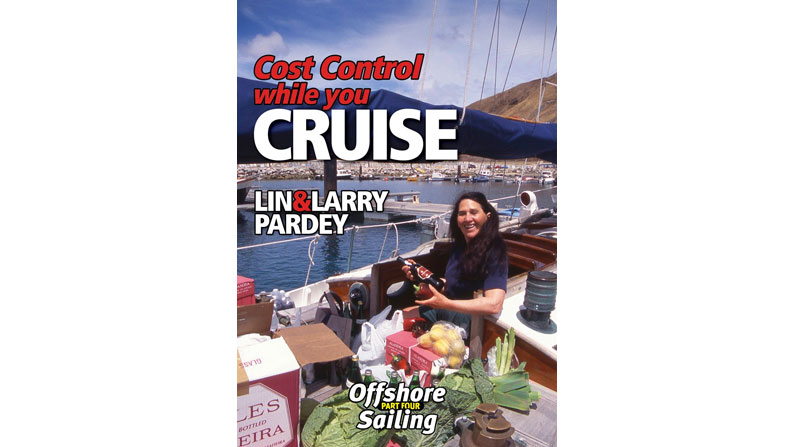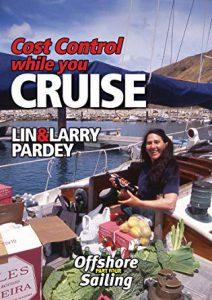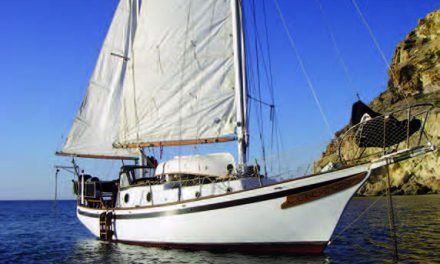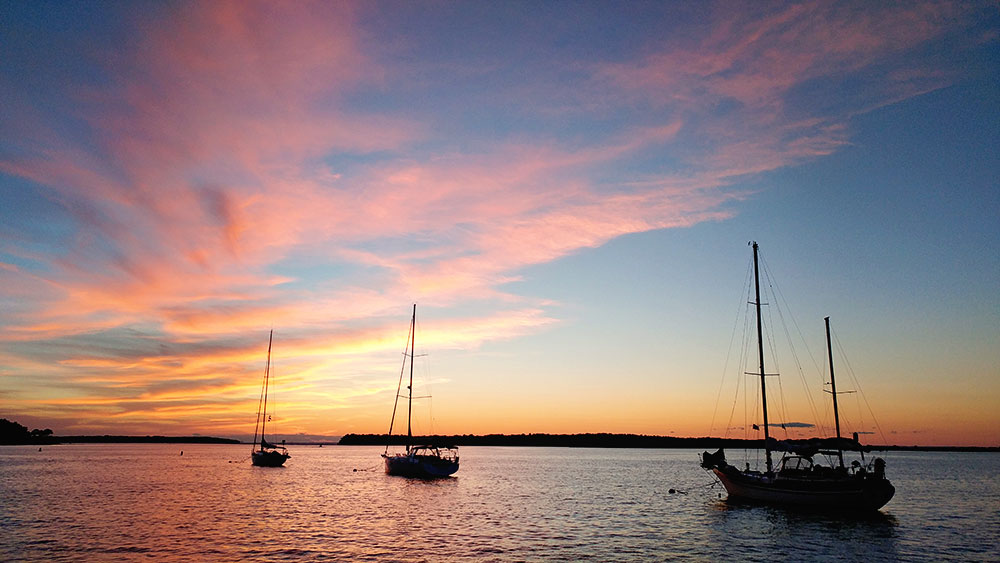Lin and Larry Pardey’s newest video is another excellent production. These two have never done anything but top-notch books, videos, lecture series, presentations, and whatever else they decide to take on.
As the narrator, Lin explains that they cannot offer their very popular lectures everywhere in the country so they have decided to offer some of the highlights on video. The most frequently asked questions are consistently: How much does it cost to go cruising and how can we control those costs? Ergo, the theme of this video.
With beautiful background video images captured over the past 15 to 20 years of cruising, Lin presents everything you ever wanted to know about cruising life and the choices that affect your costs. Points included are the size of your vessel, the relationship you intend to maintain with people at home, your ability to fix things aboard, and whether you plan to work along the way.
She makes you consider the lifestyle choices you’ll face, such as: docking in marinas or anchoring in remote locations, how much time you’ll spend in towns, whether you’ll cruise in convoy or alone, how much eating out and cooking aboard you’ll do, and the quantity of entertainment ashore or tourist travel you’ll do.
She reports on an informal survey she conducted with 20 to 30 fellow cruisers regarding costs aboard. She learned that Americans averaged $1,500 a month, while the Europeans and South Africans (and other non-U.S. sailors) averaged $1,200. But the real range was $700 to $3,000 a month.
She also notes that the first year tends to be cheaper on average, since you generally leave home with a boat that is well-equipped with all systems functioning. In addition, the joy of cruising is often entertainment enough (sunrises and sunsets, shore explorations, sightings of birds and animals, and so on). By the second year you may need more parts and maintenance, may look for more shoreside entertainment and meals, and may want to make a trip home to visit friends and relatives.
Another interesting point is Lin’s “unstoppable boat” concept. This means that your systems — such as water, lighting, basic navigation, sail raising and lowering, and anchoring — must be separate so that the loss of one won’t stop your cruising. You should be able to do these things even if your electrical system or any other system fails. If you can do this, you can continue your travels until you get to a town large enough to make the repairs or have parts flown in relatively inexpensively.
She says you should have sails that you can maintain yourself and offers some tips on doing so. She adds that you must be comfortable at anchor with ground tackle you can rely on, a dinghy you enjoy using, and a way to bathe aboard.
Other topics include yacht insurance, health insurance, your boat as a warehouse, onboard communications, cruising in company, purchasing local foods, flying home, paper charts and guides, haulout, and traveling in less-frequently cruised areas. Just for fun, Lin also includes her tips regarding spending money.
Another fun thing is the musical interludes Lin and Larry include as breaks. Some of their favorite sailor and musician friends are featured singing or playing classical guitar — a fun and unexpected highlight.
This video is enlightening, educational, and entertaining. We can all benefit from viewing it more than once. You’ll enjoy it. Guaranteed.
Cost Control While You Cruise by Lin and Larry Pardey, Edited and Produced by Tory Salvia landlpardey.com or thesailingchannel.com), 65 minutes plus extras)






